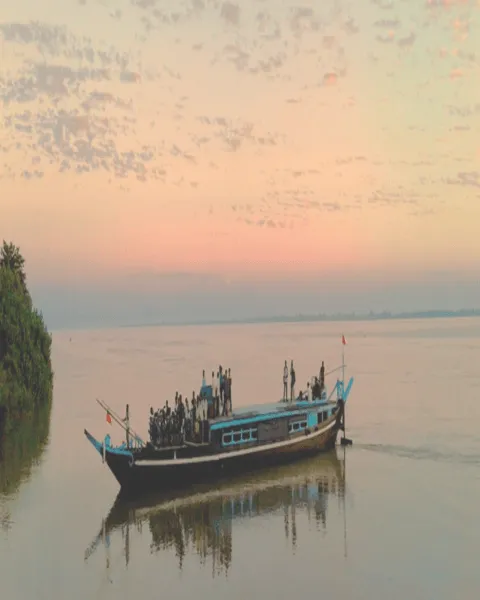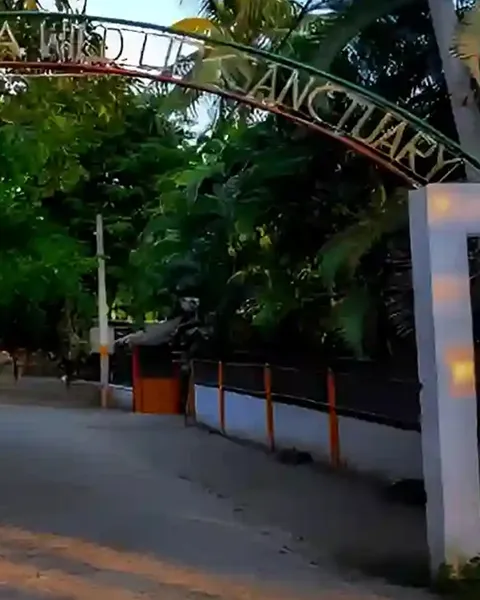
West Khasi Hills
Meghalaya, India
West Khasi Hills is one of the 12 districts of Meghalaya, located in the northeastern part of India. The district is known for its picturesque landscapes, rich cultural heritage, and diverse flora and fauna. Here’s a detailed description of the region:
Geography
West Khasi Hills is part of the Khasi Hills, which are one of the three main hill ranges in Meghalaya. The district is known for its stunning terrain, with deep valleys, rugged hills, dense forests, and numerous rivers and waterfalls. It shares its borders with other districts of Meghalaya like East Khasi Hills, Ri-Bhoi, and South West Khasi Hills, as well as neighboring states like Assam to the north.
Altitude: The district ranges in altitude from 700 meters to 2,000 meters above sea level, providing cool temperatures year-round.
Rivers and Waterfalls: The district is home to the Umling River, Umlawad River, and several waterfalls, such as the famous Nohkalikai Falls (which, although mainly in East Khasi Hills, is close by) and smaller, hidden waterfalls scattered throughout the region.
Culture and People
The primary inhabitants of West Khasi Hills are the Khasi people, one of the major indigenous communities in Meghalaya. The Khasi people have a rich cultural heritage, with unique customs, festivals, and a matrilineal social structure where lineage and inheritance pass through the mother’s side.
Language: The official language is English, but Khasi is widely spoken by the locals, along with some other tribal dialects.
Festivals: The Khasi people celebrate several traditional festivals, the most notable being the Wangala Festival (harvest festival) and the Nongkrem Dance festival, where they perform traditional dances and rituals to honor their deities.
Economy
The economy of West Khasi Hills is largely agrarian, with farming being the main occupation of the people. The region is known for its production of agricultural products such as:
Pineapple
Betel leaf
Rice
Areca nut
Citrus fruits (oranges, lemon)
Additionally, forestry and timber products contribute to the local economy, as the district is heavily forested. Small-scale industries like handicrafts (woven baskets, shawls) also provide livelihood to many families.
Tourist Attractions
West Khasi Hills is a treasure trove of natural beauty and cultural heritage, with several attractions that draw visitors:
Sohra (Cherrapunji) - Famous for its waterfalls, including Nohkalikai Falls and Seven Sisters Falls, as well as the iconic Living Root Bridges.
Mawthadraishan - A popular spot for trekking and camping, with stunning views of the hills and valleys.
Ranikor - Known for its picturesque landscapes and the Umling River, ideal for nature lovers and adventure enthusiasts.
Mawphlang Sacred Forest - A protected area considered sacred by the Khasi community, offering a unique opportunity to experience the region's biodiversity.
Nongkhnum Island - Asia's second-largest river island, located in the Nongkhnum River, providing opportunities for boating and picnics.
Climate
The climate of West Khasi Hills is subtropical highland, with cool temperatures year-round. Summers are pleasant, with temperatures ranging from 20°C to 30°C, and winters are cold, with temperatures ranging from 10°C to 20°C. The monsoon season, from June to September, brings heavy rainfall, which enhances the lush green landscape but can make travel difficult.
Wildlife and Flora
The district is rich in biodiversity. It is home to several species of flora and fauna, with forests that consist of a wide range of plants and trees, including pine, bamboo, and oak. The wildlife is also diverse, with animals like:
Clouded Leopard
Hoolock Gibbon
Elephant
Hornbill
Various species of birds and butterflies
Accessibility
West Khasi Hills is well-connected by road to other parts of Meghalaya and the northeastern region of India. The nearest airport is in Shillong, the state capital, which is about 50 kilometers away from the district. The nearest railway station is in Guwahati, Assam, which is around 140 kilometers from the district.
West Khasi Hills is a captivating destination that blends nature, culture, and tradition, offering something for every kind of traveler, whether you’re an adventurer, nature enthusiast, or someone interested in exploring a unique cultural heritage.
Popular Place Around
You can also visit this places















